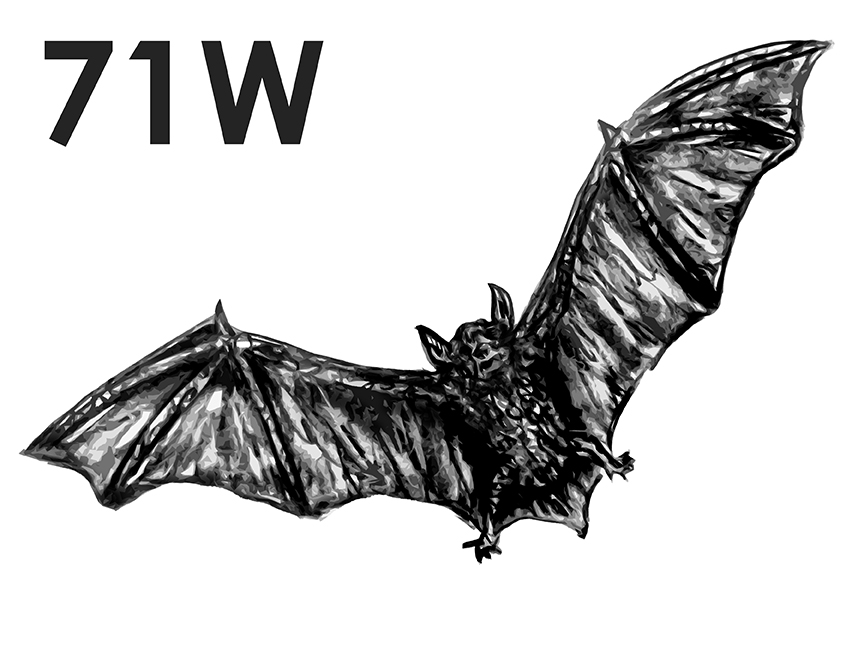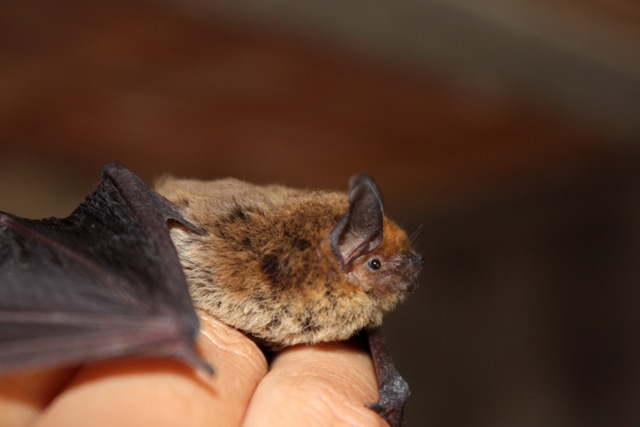ENDANGERED WORLD
Little brown bat
Home » Endangered World » Animals » Little Brown Bat

71W | Little brown bat | Myotis lucifugus
ABOUT THE ANIMAL: The Little brown bat (Myotis lucifugus) is native to North America, ranging across the United States, parts of Mexico, and into Canada. Little brown bats are especially important for insect control, eating up to 1,200 bugs an hour in the summer months! Their insect consumption is helpful for limiting human exposure to mosquito-carrying diseases, such as West Nile Virus, and for controlling crop pests. Little brown bats hibernate in the winter in colonies of many thousands of individuals in caves. During the summer months, they roost in trees and manmade structures.
ABOUT THE PROBLEM: Once one of the most common bats in the United States, this species has been seriously impacted by white nose syndrome, a fungus that interrupts hibernation and kills bats through depleting their fat reserves. Since these bats roost together in high numbers in winter caves, it has spread rapidly among this species and other colony roosting bats, killing millions since 2006 when it was first found in the United States.
ABOUT THE SOLUTION: There is no cure for white nose syndrome, so it is extremely important to prevent the possible spread of this fungus by humans: stay out of caves and old mines where bats are known to hibernate. The virus does not harm humans, but it clings to surfaces like clothing and shoes. Also, protect important bat habitats (such as forested areas, wetlands), and install a bat house in your yard.


Photo by iStock.com/ eZeePics Studio
